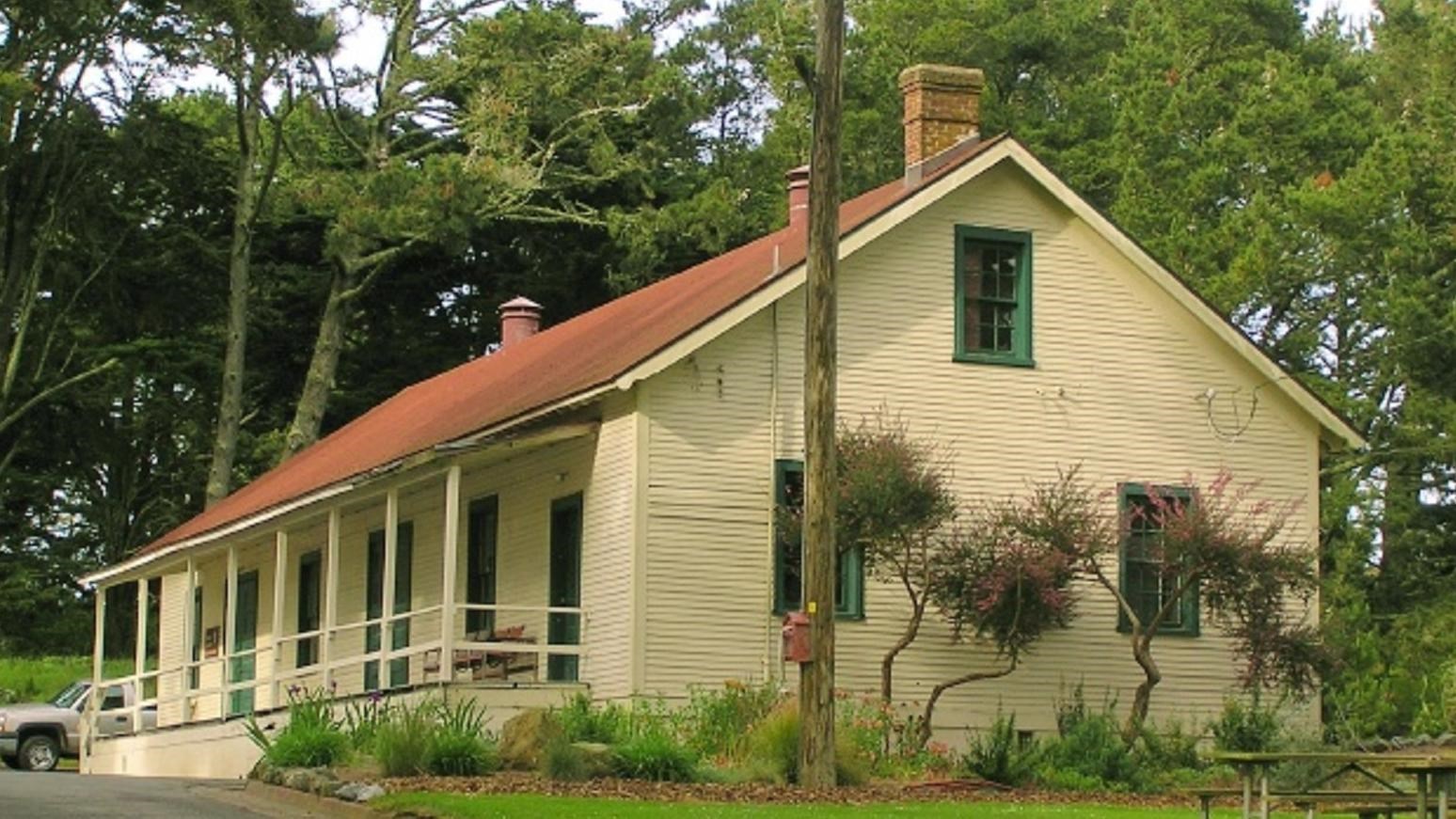Last updated: September 3, 2020
Place
Fort Miley Military Reservation

Photo by Vards Uzvards, CC BY-SA 2.0, https://commons.wikimedia.org/w/index.php?curid=1916228
The Fort Miley Military Reservation on Point Lobos, one of the outer headlands on the southern side of the Golden Gate, was acquired by the U.S. Army in 1893 and used as part of the seacoast defense of San Francisco Harbor during the early phases of America's involvement in World War II. As part of the overall project for the defense of San Francisco Bay, the construction of fortifications at Fort Miley began in 1899. Work began on November 27, 1899, on a battery for 16 12-inch mortars. The reservation was renamed Fort Miley in 1900 after Lieutenant Colonel John D. Miley, U.S. Volunteers, who had died in Manila, Philippine Islands, the year prior. Toward the west end of the reservation, Battery Chester, two (and later three) 12-inch rifled guns, were completed from 1902 to 1903. These weapons covered all three of the channels of approach to the Golden Gate--south, main and north.
By 1937, the army had decided that 12-inch batteries such as Chester should be abandoned when the harbor defenses could again be modernized with a new generation of defenses. However, the Japanese attack on Pearl Harbor brought the United States into the Second World War before the new modernization project was completed and Battery Chester's guns continued to play an important role in coastal defense until 1943. The Allied victories in the Pacific that year reduced the danger of an enemy attack on San Francisco to such an extent that the army ordered Battery Chester's guns be salvaged. Battery 243 (Construction Number) at Fort Miley was completed in 1944, designed for two 6-inch rapid-fire guns protected by steel shields rather than the traditional concrete-and-earth parapets. This type of coastal gun was considered to be of value at that late date in the war because of its function to cover the submarine minefields outside the Golden Gate, making mine-sweeping by the enemy difficult if not impossible. Indeed, its guns were not mounted until 1948, after most other types of coastal guns had been scrapped. This battery is historically significant because it represents one of the last phases of the traditional concept of coastal defense.
Overlooking Land's End, most of the original Army buildings were demolished in 1934 to allow construction of the Fort Miley Veterans Administration Hospital. The sole surviving army building, an ordnance storehouse, is now a maintenance building for the National Park Service. The remains of several pre-World War I batteries edge the perimeter of the hospital. West Fort Miley offers visitors a grassy picnic area situated among three gun emplacements, including Battery Chester (1903-1943), which offers a spectacular view down Ocean Beach. At Point Lobos, two original shell-damaged sections of the USS San Francisco flank a granite monument commemorating those who perished at Guadalcanal on November 12-13, 1942.
Fort Miley Military Reservation, partially administered by the National Park Service's Golden Gate National Recreation Area, is located on Point Lobos bordered by Clement St. and Lincoln Park between 40th to 48th Aves. in San Francisco. The picnic area at West Fort Miley is open during daylight hours and is accessible from the West Fort Miley entrance off of El Camino Del Mar and 48th Ave., or from the Rte. 38 bus line. For further information, visit the park's website.
Discover more history and culture by visiting the World War II in San Francisco Bay Area travel itinerary.
